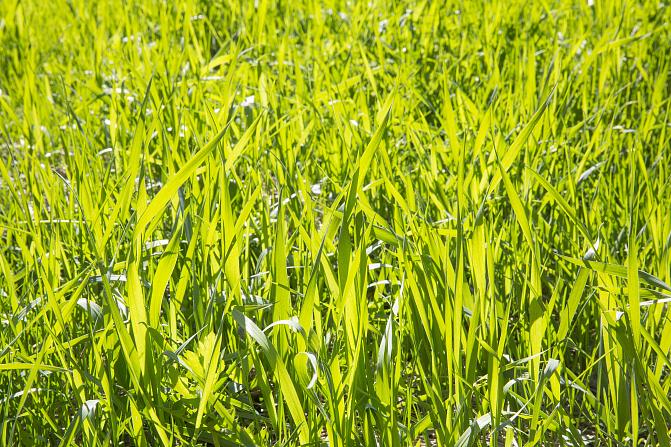
Proportion of high nature value farmland
On this page
The proportion of high nature value (HNV) farmland represents the volume of those areas that are able to maintain more diverse plant and animal species.
The volume and proportion of HNV farmland in the whole of Finland and in Mainland Finland has decreased slightly between 2006 and 2024. This decreasing trend can mainly be explained by the decrease in the number of domestic animal farms, natural pastures and permanent pastures. It is probable that the disappearance of HNV farmland will also reduce the biodiversity of farmland with a delay.
The future development of HNV farmland depends, above all, on the extent to which Finland is able to secure small-scale agricultural activities based on grazing animals at a reasonably high number of farms. Voluntary environmental agreements also play a significant part.
Allow functional cookies to show the embedded graph.
Data collection
Description of the indicator
The indicator of HNV farmland represents the abundance of habitats that support diversity in farmland. A national estimate of HNV farmland has been made since 2006.
The Finnish Environmental Institute has prepared a calculation model suitable for Finland. The information required for the calculation is obtained from the registers of the Finnish Food Authority.
Individual farms are valued using five variables (properties) that can be calculated on the basis of data material contained in supporting registers. These variables are the proportion of natural pasture and basic meadow blocks from available farmland, the proportion of areas within the scope of environmental agreements, the field edge density, the proportion of extensive growing area and whether the farm is a cattle-sheep-horse farm or a goat farm. More information about the structure of the HNV indicator is available from the report Luonnoltaan arvokkaat maatalousalueet Suomessa - määrittely, seuranta ja niiden taloudelliset edellytykset (summary in English)
This indicator is one of the CAP monitoring indicators for programme period 2014–2020.
UPDATE OF THE INFORMATION IN THIS INDICATOR IS CLOSED FOR 2024.